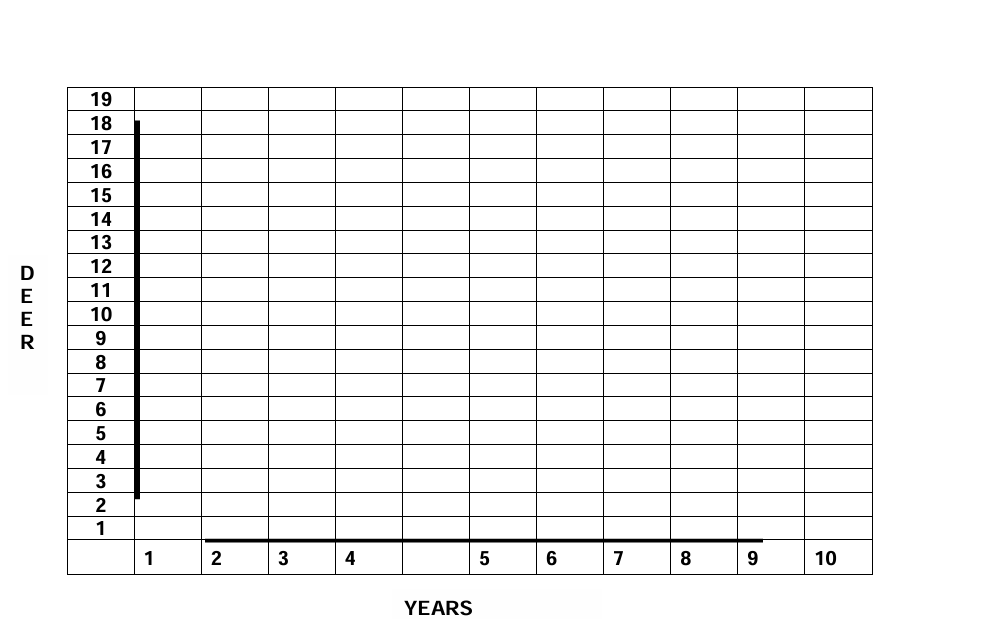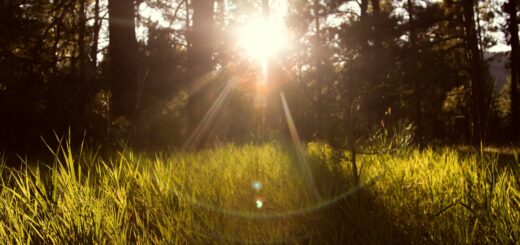Academic Benefits of Outdoor Classrooms
As future educators, we’re always looking for ways to make learning meaningful, to move beyond memorization and help students experience concepts in action. Outdoor classrooms open up countless opportunities for this kind of learning, especially when it comes to science. One excellent example of an interactive, nature-based activity that supports these goals is the “Oh Deer!” game, which I recently experienced in my learning experience class with Scott Bailey
Although I haven’t yet used this game with students, it struck me as a powerful model for how outdoor activities can deepen understanding of ecosystems, interdependence, and environmental change. The game brings science to life by allowing students to become part of the ecosystem itself.
In “Oh Deer!,” participants are divided into two groups, deer and resources (food, water, and shelter). Each round begins with both groups choosing their role for that “season.” When the round starts, deer run toward the resource they need most to survive. If a deer finds what it needs, both the deer and the resource “survive” and stay in the game; if not, the deer “dies” and becomes part of the resource pool.
As the game continues, students quickly notice how population numbers fluctuate depending on resource availability. When resources are plentiful, the deer population grows; when resources are scarce, it declines. This activity provides a vivid demonstration of population dynamics, carrying capacity, and the delicate balance of ecosystems.
From a teaching perspective, what makes “Oh Deer!” so effective is how it merges movement, collaboration, and reflection. Students are not only physically active running, choosing, and adapting but also cognitively engaged as they make connections between their experiences and real-world science concepts. Following the activity, students can reflect through discussion or journaling, exploring questions like:
- What caused the deer population to rise or fall?
- How do seasonal changes or human impacts affect resources in real ecosystems?
- What happens when balance is lost in nature

Here is a graph if students want to input data
These reflections help bridge outdoor experiential learning with classroom-based scientific reasoning. The activity also naturally supports cross-curricular connections for example, students could write a reflective paragraph in English Language Arts, create data graphs in math, or research local species in social studies or science.
While I’ve only participated as a learner, I can easily imagine the impact this would have in an elementary or middle school setting. It’s engaging, memorable, and deeply connected to BC curriculum goals in science, physical education, and social-emotional learning. Activities like “Oh Deer!” remind us that sometimes the most powerful lessons happen not in front of a whiteboard, but out on the field surrounded by movement, laughter, and curiosity.



